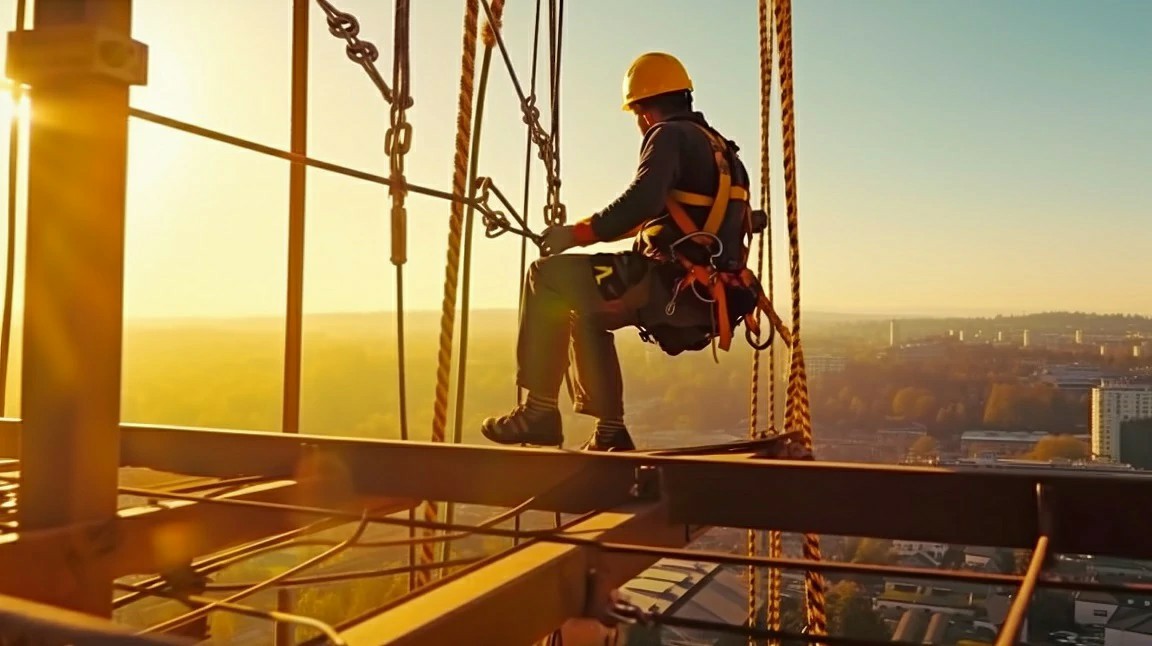


 349,500 Offered Certificates
349,500 Offered Certificates
 24/7 Online Training
24/7 Online Training
 Money Back Guarantee
Money Back Guarantee
 Fully Accredited Courses
Fully Accredited Courses

Created at: 22-02-2025 17:25
In industries where working at heights is a routine necessity, safeguarding employees is paramount. Businesses must ensure that their workforce is adequately trained and certified, especially in elevated work environments. An accredited Working at Heights course is not just a legal requirement; it is a commitment to safety and compliance.
Accreditation in training programs serves as a critical benchmark. Reputable organizations, such as the Health and Safety Authority (HSA), the Health and Safety Executive (HSE), and the Royal Society for the Prevention of Accidents (RoSPA), provide certifications for training providers. Their approval indicates that the training meets rigorous safety standards and adheres to up-to-date regulations.
Opting for non-accredited training may seem cost-effective in the short term; however, it can have dire consequences.
Consider the following scenarios:
When selecting a provider for your Working at Heights Certification Ireland, consider the following:
Investing in accredited Working at Heights training is not just about compliance; it’s a crucial step towards fostering a culture of safety within your organization. This investment ultimately minimizes risks, enhances employee morale, and protects your business from legal ramifications.
Don't wait for an accident to highlight the importance of proper training. Choose an accredited Working at Heights Certification Dublin program today and ensure your workforce is prepared for any height-related task. For more information, visit Ireland Safety Training or contact us at [email protected].